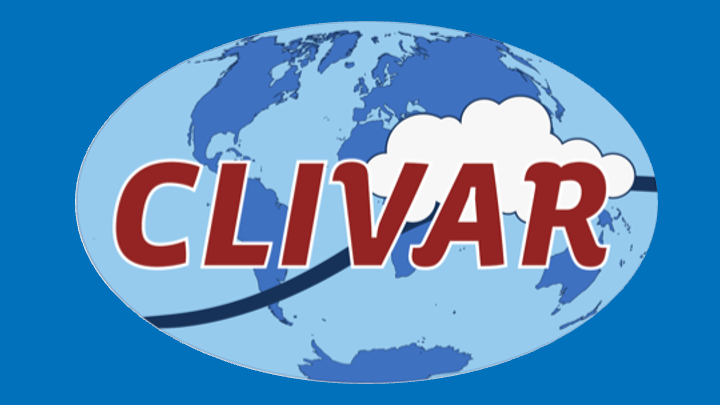Speaker
Description
Based on geostrophy, the zonally-integrated mass transport at a given depth is simply the difference between the pressure on the boundaries at that depth. Thus, to measure the overturning streamfunction, in depth space, only measurements of pressure are theoretically required. Presently, only high-frequency pressure anomalies can be reliably measured directly at constant depth in the ocean. Instead, oceanographers typically use measurements of temperature and salinity on vertical moorings (referred to as “dynamic height moorings”) and derive the pressure from the hydrostatic relation. However, this technique only measures the transport between vertical moorings, and so the sectional areas between potentially sloping boundaries and moorings are not included. To resolve this issue, the gap on the western boundary is typically addressed by deploying current meters that measure transport directly in this intermediate space such as for the western boundary wedge east of the Bahamas for the Rapid-MOCHA-WBTS array at 26N. A proposed alternative method, known as the step method, is to measure bottom velocity and density along the sloping boundary, which can be used to calculate a downslope pressure gradient. This pressure gradient can in turn be integrated with depth in order to obtain a relative western or eastern boundary contribution to the overturning meridional transport within the depth layer of integration. In this talk I will briefly review past studies of the AMOC based on the step method and describe future plans for using this technique at the 26N Rapid array.

